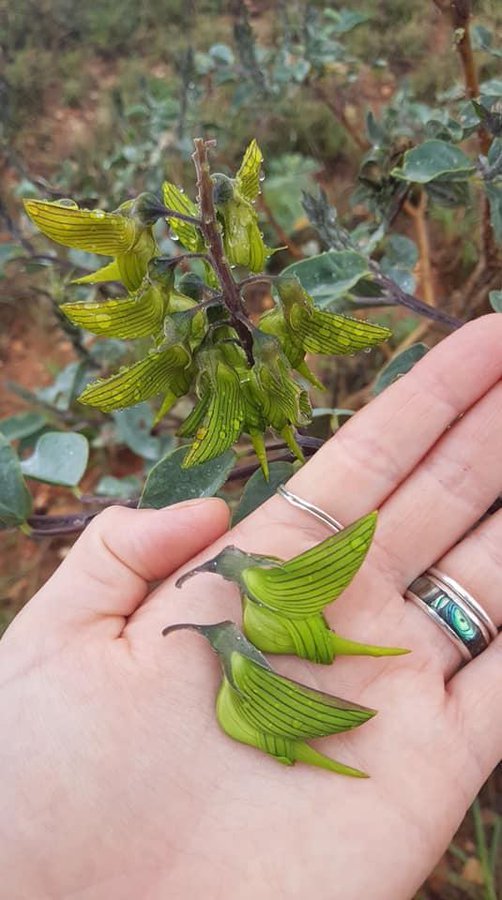#crotalaria
Text
GirlsTryAnal Jada Stevens outdoor Lesbian Ass Fuck
Lil baby taking good backshots
Gay porn videos of naked boy teens Poor James Takes An Onslaught Of
Stacy Gives Sloppy Head in Pink Mask
Sexy Young Thot Teen Twerk in mirror
Sweet and tender teen has her taut pussy ripped apart
Alana Cruise in stylish secretary attire gets dick down from behind
Travesti pauzuda numa putaria old school
best painful anal
Fernanda mamando gostoso
#schooper#cottonocracy#Crotalaria#Burkitt#rathole#integropalliate#intice#becarpet#Guelphic#Valsaceae#hemiathetosis#venesia#Gymnolaemata#allothogenic#unconfirmability#glumelike#Sinto#story-teller#solitudinous#xint
0 notes
Photo

@billionneuronscurious submitted: A Caterpillar of Mangina argus with Parasitoid’s eggs.
Location: Maharashtra, India.
Beautiful friend! Shame that it likely isn’t going to make it to adulthood after being parasitized. So it goes.
Here’s an adult of the same species for admiration:

Photo by devinth09
#insects#bugs#submission#moth#caterpillar#larva#parasite#parasitoid#bug death#mentioned#crotalaria podbearer#tiger moth#genus name mangina........#ok
221 notes
·
View notes
Text
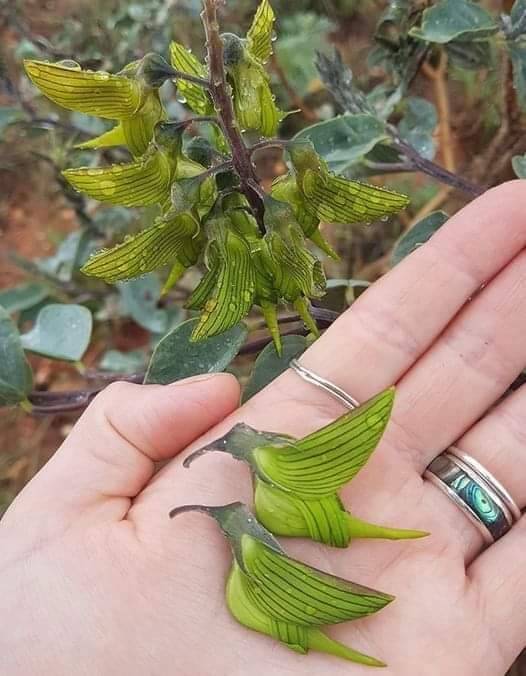
Crotalaria Cunninghamii from Australia
6 notes
·
View notes
Text
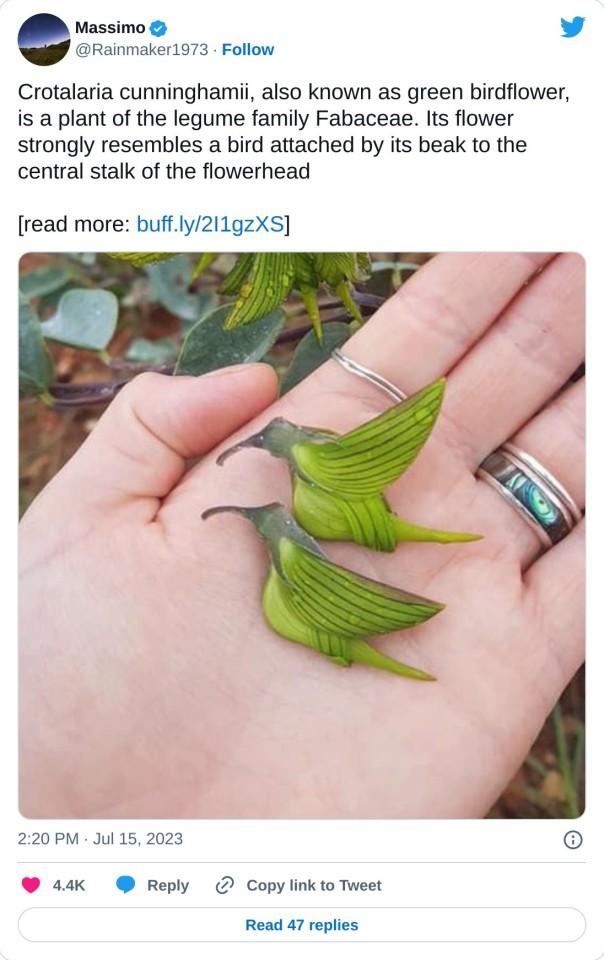
6 notes
·
View notes
Link
1 note
·
View note
Text
Random Real Thoroughbred: CROTALARIA
CROTALARIA is a dark bay/brown mare born in Japan in 2003. By DEHERE out of BLUE BLOSSOM.
Link to their pedigreequery page: https://www.pedigreequery.com/crotalaria
0 notes
Text
Moth of the Week
Ornate Bella Moth
Utetheisa ornatrix

This moth was first described as Phalaena ornatrix and Phalaena bella by Carl Linnaeus in 1758. In 1960, it became known as the Utetheisa ornatrix by William Trowbridge Merrifield Forbes. It’s also called the ornate bella moth, ornate moth, bella moth or rattlebox moth and is in the family Erebidae.
Description The body is white with black spots on the back of the thorax and head. The legs are black and white and antennae are black and filiform. The hindwings are a pale or bright pink with an irregular black border. The forewings are orangish-yellow with white bands surrounding black dots. Patterns may vary. These colors are used to warn predators of the moth’s toxicity.
Wingspan range: 33 - 46 mm (1.3 - 1.8 in)
Diet and Habitat The larva feed on plants of the Crotalaria species such as Avon Park rattlebox, rabbitbells, smooth rattlebox, and showy rattlebox. These plants provide the larva and adults with alkaloid compounds which are the unpalatable to predators. They accumulate these toxins from the seed pods of these plants, however if the larva can’t eat a seed pod due to competition they will have to eat the leaves where is concentration is much lower. Larvae may prey on/eat others of its kind to maintain high levels of alkaloids. Alkaloids are also passed down from parents to eggs.
Its northern most range is from Connecticut westward to southeastern Nebraska and southward to southern New Mexico and Florida in the United States. Its southern most range is from Mexico, South America, and Central America. It’s southernmost reach is southeastern Brazil. This species is more common in tropical parts of this range due to host plant populations.
Mating This species demonstrates a form of sexual selection. The females choose a male to mate with based on the intensity of their pheromones. During mating, the females receive a “spermatophore” from the males containing sperm, nutrients, and alkaloid compounds. After mating, the females choose which males’ sperm fertilizes the eggs. Usually, the female chooses the male with the most alkaloids which tends to be the larger males. Adult males invest up to 11% of their body mass to create a spermatophore they provide to a female during mating. The nutrients given in the spermatophore allow the female to produce an average of 32 additional eggs in her brood.
Females mate an average of 4-5 times and up to 13 times, each with a different male. In the north there there two generations per year with more in the south.
Predators The larva and adults keep predators at bay with alkaloid compounds accumulated during feeding and inherited from parents. These toxins make them unpalatable to their main predators: spiders and bats. Specifically, the adult moth secretes an alkaloid foam from its head when threatened. However, larva and moths with low concentrations are more susceptible to predation than those with higher concentrations who are usually released and unharmed after being caught.
These toxins do not work against some predators like loggerhead shrikes.
Unlike other moths of the Arctiidae subfamily, this species moth does not have a way to audibly communicate their toxic which would help it to avoid bats altogether.
Fun Fact This species was first described on 1758 by Carl Linnaeus as two different species: Phalaena ornatrix was used to describe the paler moth specimens, and Phalanea bella, described the bright pink moth specimens. It was then moved to the genus Utetheisa in 1819 by Hübner. After nearly a century of struggling to identify this species and its subspecies, Forbes combined both species Utetheisa ornatrix and Utetheisa bella into one in 1960: Utetheisa ornatrix.
(Source: Wikipedia; The Island Packet; Institution of Food and Agricultural Sciences, University of Florida)
#libraryofmoths#animals#bugs#facts#insects#moth#mothoftheweek#lepidoptera#ornate bella moth#bella moth#rattlebox moth#ornate moth#Erebidae#Utetheisa ornatrix
127 notes
·
View notes
Text
Quelites
El acuyo es
hoja santa
pimienta negra
de India
aroma y sitio
perturbados
por flores diminutas.
Con él puedes
envolver el corazón.
Chaya mansa
domesticada
no urticante
cruda o en agua
centro de consumos
milenarios,
quítame
el azúcar,
té medicinal.
La fortuna
de las crotalarias
es ser
sonadoras.
El chipilín
y el chepil
huelen a trébol
a frescura leguminosa
esencial.
El culantro
y su ciclo bianual
cortamente perenne
simula repetir
al cilantro
picado salteado
silvestre
recao aromatico
intensificador de Caribe.
Espontáneo
frecuente la hoja
el epazote
condimenta
lo inigualable.
Su fin medicinal
alargado
aromático
insustituible
es el traspatio.
Para combatir
lombrices
pocas cosas
como la infusión
de hoja
de aguacate.
Anís delicado
sabor
de la tierra.
De familia
de verbenas
el matorral
de orégano
mexicano es
agreste leñoso
romerillo de monte
oreganón y organillo.
Muy loco.
A cítricos
cilantro
alcaparras
huele el pápalo
húmedo
redondeado
revoloteando al aire.
De él
brotan estrellas.
La pipícha
es familiar
inflorescente y pendular
de cempasúchil.
En suelo arenoso
de frondas
angostadas
madura verdeazul
púrpura y pardo.
En las hojas
y tallos tiernos
del amaranto
moran semillas
que en el comal
revientan
en alegrías.
Así la floración
del quintonil.
Desherbar
verdolagas
tiernas y carnosas.
Volver a la maleza
ensalada
tallo
suculenta jugosa
ácida verdura
anual.
Aquí esta otra parte del herbario, publicado en La escritura previa: https://enlodemas.tumblr.com/post/126094954656/inquietud-de-herbario-con-tomillo
9 notes
·
View notes
Note
do you have any fun science facts?
theres a plant i really like called Crotalaria cunninghamii!! it displays a really cool form of mimicry because it looks like a hummingbird!
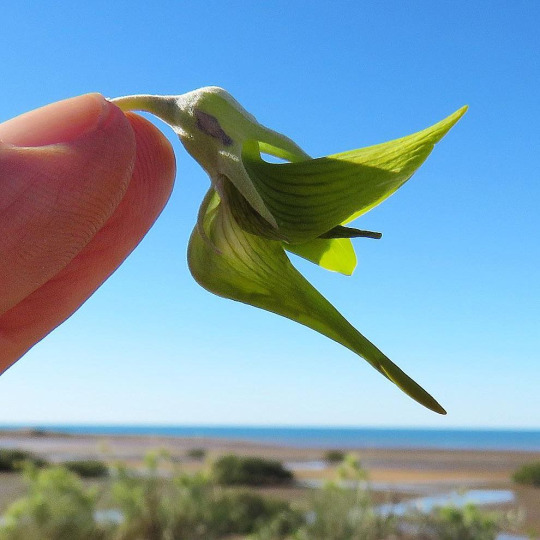
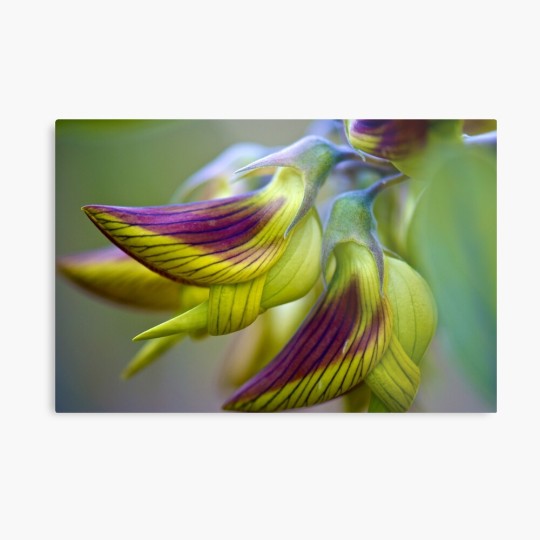
ITS SO PRETTY scientists have a lot of hypotheses as to why theyre shaped like that, so theres not one like solid reason as to why (?)
some are thinking that its just human pattern recognition
some are thinking that its to ward of predators, or even lure in birds that would spread their seeds or help pollinate the plants
either way i think theyre really cool :] <3
2 notes
·
View notes
Text
Weeds Go Grrr: Rattlebox
Found this locally. It is very pretty.
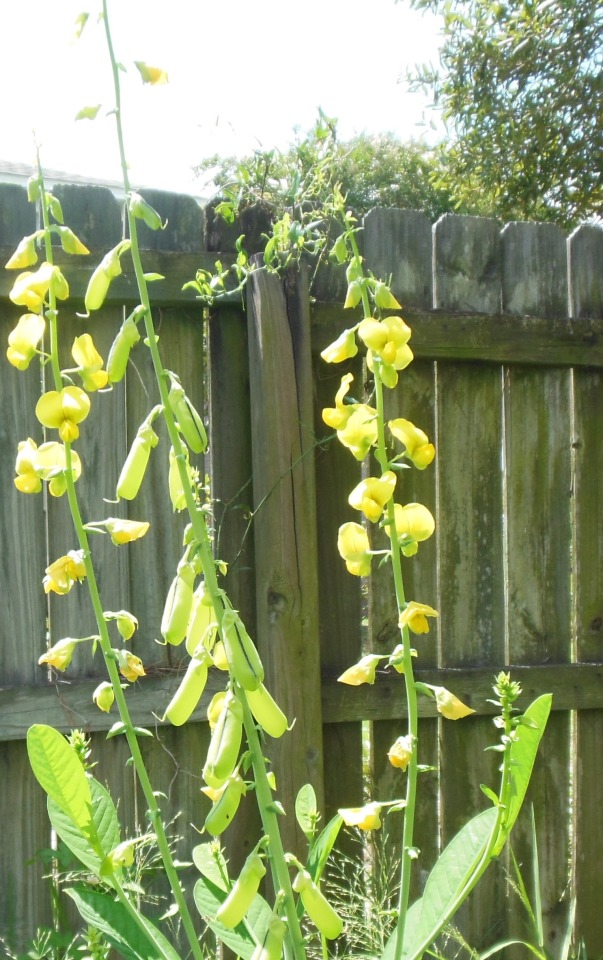
It is also poisonous and invasive.
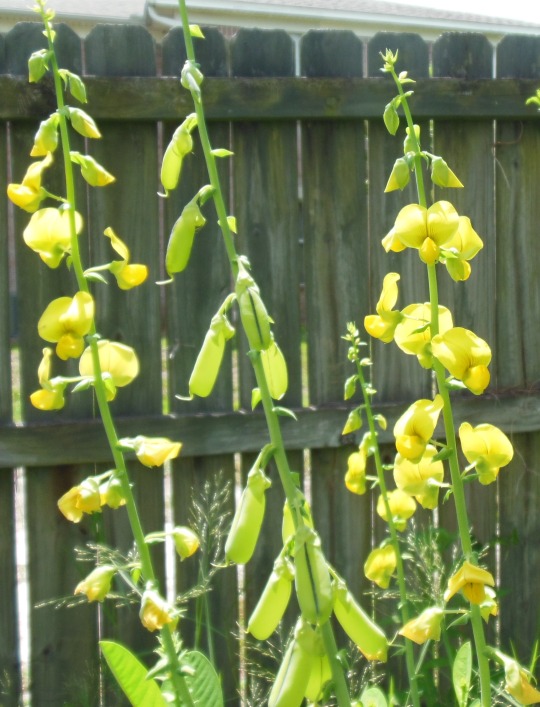
Crotalaria spectabilis. Introduced from India into the Southeast the same reason a lot of other plants were, for adding nitrogen to the soil. It does that. It also kills anything unlucky enough to eat the seeds.
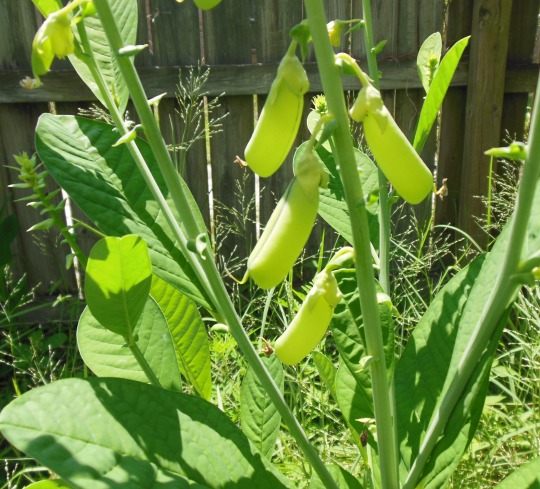
See those lovely rattle-y pods? Don't eat them.
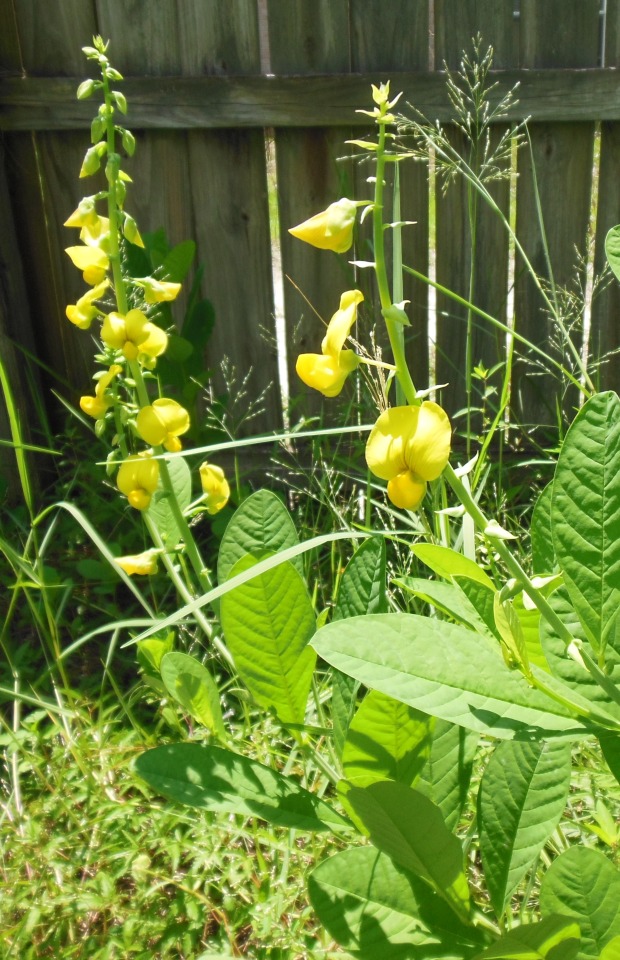
Another look, so you can recognize the foliage too.
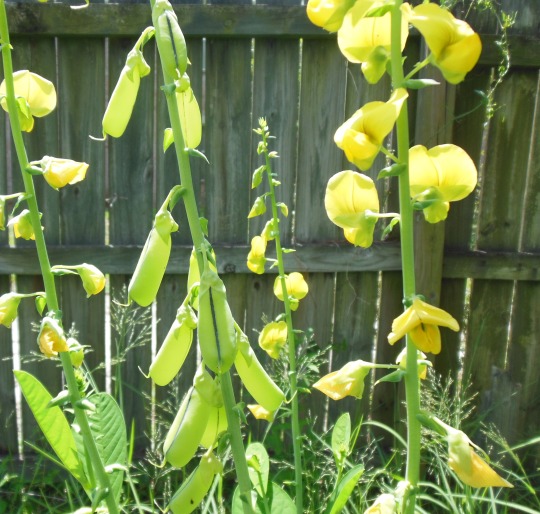
Lovely, but poison. Except, apparently, for larvae of the ornate moth, who use it for defense the same way monarchs use milkweeds. It's a similar heart-affecting toxin. Eep.
Save us all from government types with "good ideas"....
6 notes
·
View notes
Text
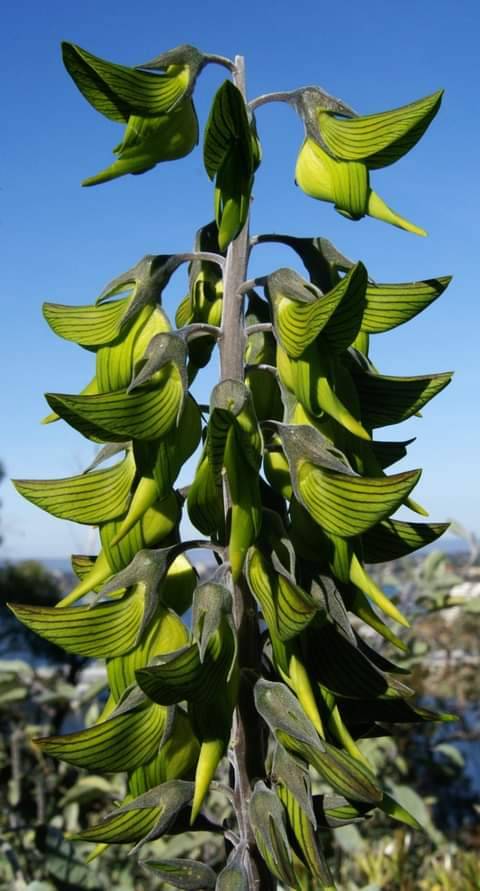
Crotalaria cunninghamii, also known as green birdflower or regal birdflower, a plant of the legume family Fabaceae native to inland northern Australia.
Photo: Beth_Kin of Flickr
2 notes
·
View notes
Text
#2107 - Utetheisa sp. - Rattlepod Moth
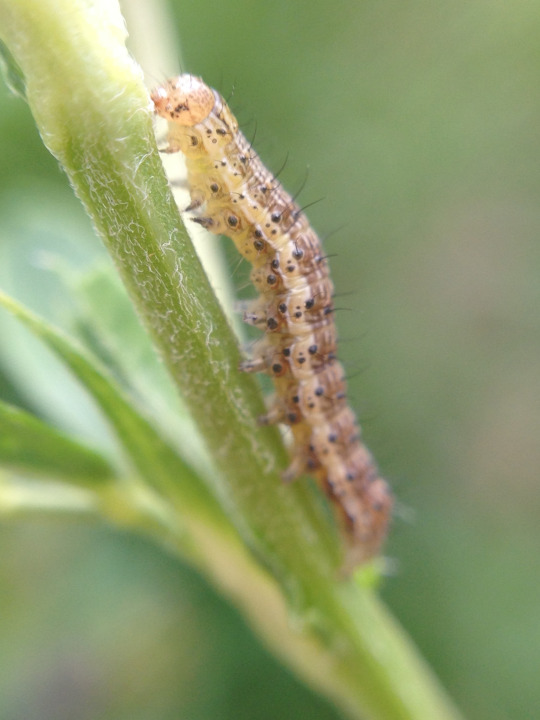
I've covered the two Utetheisa species most commonly seen in Australia before, but here's the caterpillar of one of them. Crotalaria plants are just one of the genera they eat, and are the reason the moths are called Rattlebox Moths, or in the case of U. lotrix the Crotalaria Moth, but the diet can be much wider. And still quite poisonous - the various species of rattlebox moths sequester alkaloids to protect themselves, and the males even use the poison in their pheremones, presumably to advertise how much they could tolerate as larvae.
At least some of the species migrate long distances, giving them native ranges that include remote islands.
Molonglo Valley, ACT
1 note
·
View note
Text
Birdflower - Crotalaria Cunninghamii - Fabaceae Family


The Fun Facts
The Birdflower is also known as “Mangarr” by the Nyangumarta people of northwestern coast of Western Australia. They get their name as they look like hummingbirds, and whether what is an evolutionary tactic to protect themselves or just a coincidence is still unknown. These flowers grow from a perennial (a plant that lives for more then two years) shrub and grows 1-3 meters tall. The plant flowers from winter to spring and can grow in many different habitats, from arid and semi-arid zones of Western Australia and northern South Australia to the tropical areas of the Northern Territory and Queensland. Shrublands, grasslands and Savannah woodlands are their favourite habitats as Birdflowers prefer well drained soils. The Birdflower is predominantly bright green in colour with black lines running from the base of the flower to the tip, but can drift towards yellow and have hues of purple and red on the petals.
This photo was taken at Kings Park in Perth Western Australia
Please visit my photography instagram @Cameradrifter to check out more of my work! This is a side blog dedicated to my love for Australian wildflowers, my main blog @cameradrifter is all about my traveling endeavours and outdoorsy adventures.
Some information might be wrong, I am not an expert just an enthusiast, so if any of my information is wrong, please correct me
#wildflowers#flora photography#flora#western australia#australia#nature#flowers#flower#flower photography#fabaceae
0 notes
Text
La Crotalaria juncea pertenece a la familia de las leguminosas y su principal uso es como abono verde; no obstante, también tiene un segundo uso como forraje. Es un cultivo que se debe sembrar en meses de temperaturas altas. No es muy exigente en cuanto a la calidad de los suelos, y las necesidades hídricas no son muy elevadas. Uso como abono verde: • Control de erosión hídrica y eólica. • Control de maleza. • Aumento de la macro y microporosidad del suelo. • Control de la población de distintos tipos de nematodos. • Gran fijación de nitrógeno. • Incorporación de materia orgánica de rápida mineralización. • Aumento de la fauna auxiliar.
0 notes
